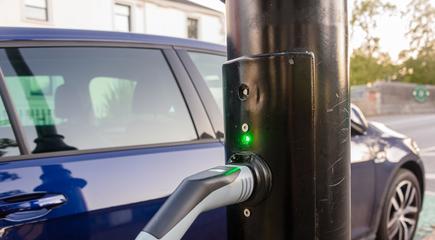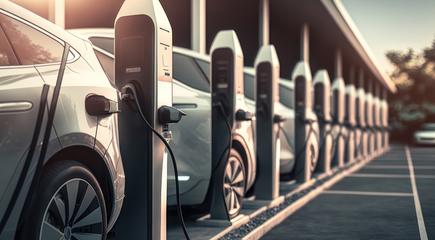Four Key Technology Trends for EVs in the US

Electric Vehicles (EVs) are becoming more and more common, and although there are still challenges to overcome (such as scaling up infrastructure), most of the technological barriers have been removed. Here is a look at the US EV market and the four technologies underpinning the EV revolution.
#1 Battery voltage approaches 1kV
Most EVs still operate from a 400 V battery. The technology is well proven with (literally) many miles on the clock. However, this is changing. Many auto makers are now using 800 V systems, and it won’t stop there. Crudely speaking, if you double the battery voltage from 400V to 800V, you will halve the charging time. Since one of the main arguments against EVs is that they take too long to charge, this is a big deal.
Another argument late adapters use is an EV’s lack of range. A higher battery voltage can help with that also, since an 800 V bus architecture means that the cabling can be smaller in diameter and other components can be reduced in size and weight, too. This reduces the weight of the car, and improves its efficiency, increasing range.
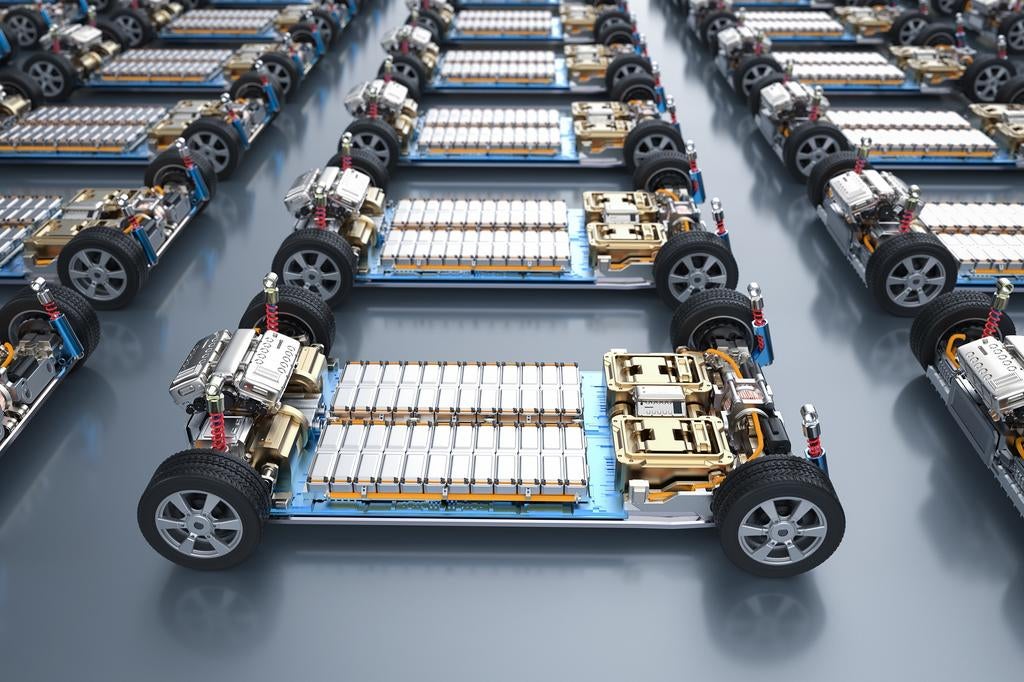
Already on the market in some parts of the world are 800 V vehicles including the Porsche Taycan, Hyundai Ioniq 5, Genesis G80 EV, Kia EV6 and Audi e-Tron GT. Rivian, Volvo, Polestar, Stellantis, General Motors, BYD and Lotus are just some of the car makers that have also committed to using 800 V architectures.
Certain US makers are taking it even further. The Lucid Air EV is using a 924 V battery and claims to be the fastest-charging EV ever. And then, last December, a Tesla announcement points to even higher voltages. The Tesla Semi – a new electric truck boasting a range of 500 miles – has a 1,000 V powertrain. Industry commentators seem sure that other Tesla trucks, perhaps the Cybertruck, will follow suit, and are already questioning whether 1,000 V will remain only for the large vehicles or also be used for passenger vehicles, such as Tesla’s Model 3, Model Y, Model S and Model X.
#2 The move from 12V to 48V
With Tesla being a dominant player in the US market, commanding over 50% of passenger EV sales, the company’s recent announcement that it was shifting from the conventional 12V automotive architecture to a 48V bus system has to be viewed as a significant development for the industry. Today’s automobiles now host an increasingly wide range of electrical functions, with user interfaces that are more similar to video games consoles than traditional dashboards. Features like ADAS and navigation systems as well as environment control and complex infotainment systems are expected in latest-gen EVs.
Moving from 12V to 48V minimizes resistive loses, enabling higher currents and greater power delivery. This allows functions such as heated seats, mirror adjustments and window defoggers to operate more quickly. Probably the main benefit of using a 48V system is that the current can be reduced by a factor of four, compared to 12V systems. This reduces the diameter of cabling, saving weight and cost. Slashing the current increases the efficiency and performance of electrical devices, as less energy is lost as heat.
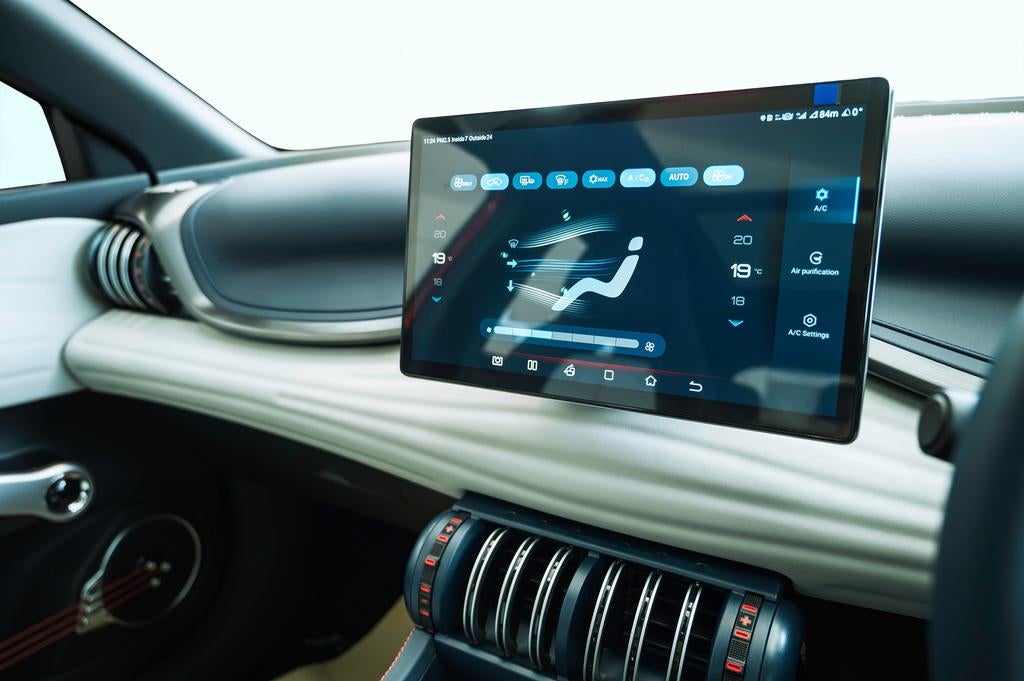
A 48V system can also be used to power a mild hybrid motor which aids the main electric motor during acceleration and braking. This improves fuel economy and reduces emissions in hybrid vehicles. And, as mentioned, 48V systems can also support ADAS functionality including adaptive cruise control and lane assist, which require more power than traditional 12V systems can deliver. As we move towards more sophisticated edge AI in cars – such as driver alertness systems – the need for more power is likely to force all auto makers to embrace 48V systems.
#3 Is a lead-acid battery necessary anymore?
Many people will be surprised that most EVs still have a traditional 12V lead-acid battery. Yes, these are the very same, heavy, awkward batteries found in traditional internal combustion engine cars (who hasn’t had to jump-start a car at some, usually highly inconvenient, time?). In many EVs, the battery is used for auxiliary and standby systems because it is a very simple solution. However, it is also very heavy and bulky, and it has a limited life. You can read more about it in our previous blog.
Some makers, including Tesla – have moved to a lithium-ion solution, but an even more elegant and effective approach uses latest-generation silicon carbide power semiconductors to produce a small, 60 W isolated flyback power supply which converts high voltage to 12 V, providing standby power when the main motor is turned off. One example of this uses a new chip from Power Integrations and is detailed in this video.
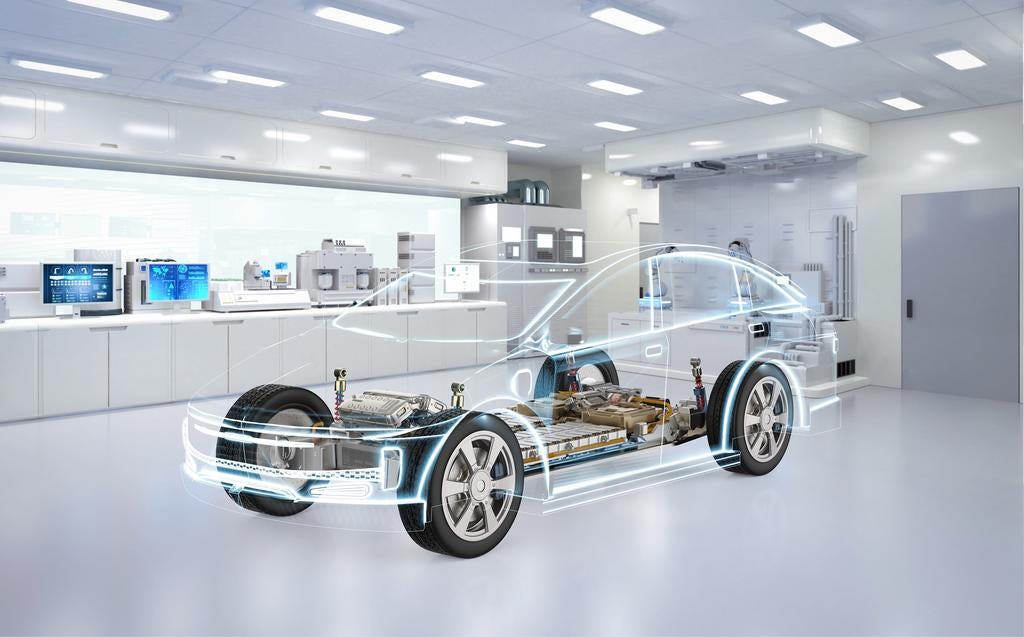
#4 Gallium Nitride
If you are involved with power semiconductors, you’ll be aware of the incredible efficiencies and power densities that power supplies using GaN are now achieving. In the field of automotive, GaN is usually reserved for control and infotainment systems, while silicon carbide is required for the higher voltage demands of the drive train. However, there is ongoing work demonstrating that GaN semiconductor devices can be used in different topologies and at higher voltages to power EV inverters.
Power Integrations recently announced 900 V GaN-based InnSwitch3-AQ switcher ICs. Watch the following videos to learn more:



